Give us the finger. You look good. Think different. Just do it. The latter is what I’ve been telling myself after a few weeks off from writing, and it feels like a relief to be back in the groove on one of my most impassioned topics—copywriting!
It’s been a sprint to the finish at work these last few weeks leading up to a board presentation. We’re busily embarking on a brand refresh, and don’t worry—I’m taking plenty of notes on the process because you know On Brand needs a full “how to rebrand” series in the near future. 🤞
Also last week, I had the ultimate pleasure of partnering up with the dream team at Capsule to co-host On Brand’s first partner event in San Francisco. Capsule brought in Honeystitch embroidery so everyone could customize 🪡 their BYO accessories (best event activity ever), and… people, we have HATS. 🧢
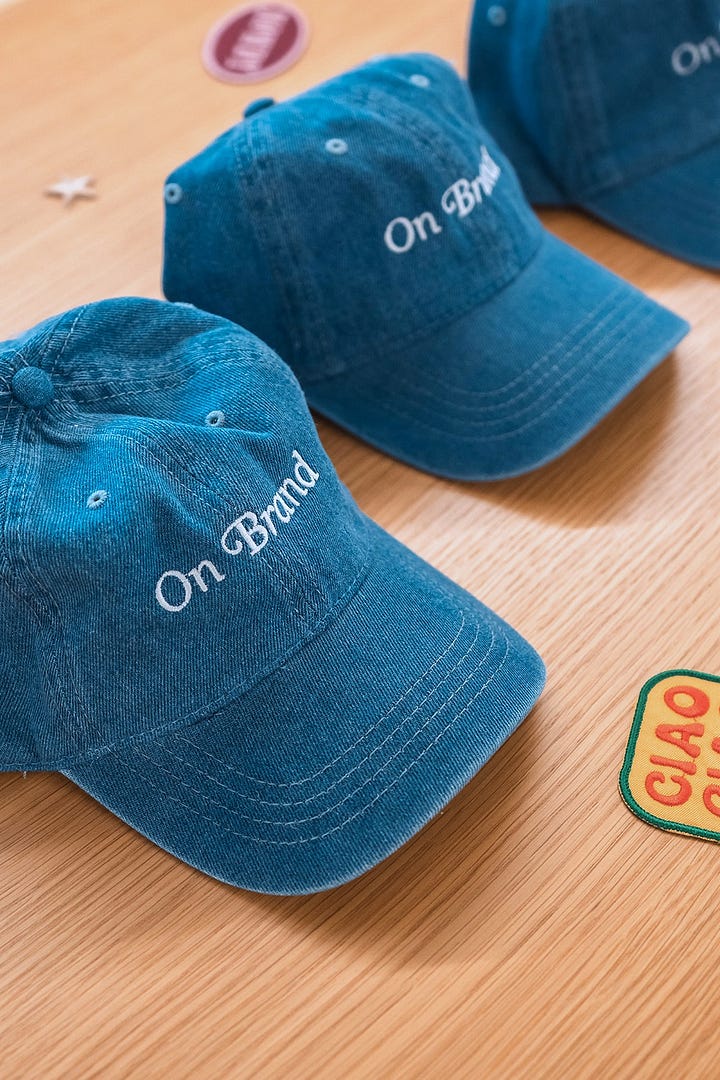

If someone sent you this post and you’re not subscribed, join those people learning how to tactically advocate for brand at your company. 📬
I’ve been thinking a lot about copywriting recently. For one, it’s been one of the trickiest parts of Later’s brand refresh to get just right. For another, my LinkedIn feed is still covered in Ōura’s “Give us the finger” campaign (which launched back at the end of May). It’s beautifully art directed, yes, but that tagline steals the show. It introduces a new, more defiant approach to the wellness space. It taps into a broader cultural, attitudinal shift around aging. It maintains a clear connection to what the product is (a thing that goes on your finger). And it’s spicy! I wouldn’t be surprised if this is the most successful campaign in Ōura’s history, and maybe one of the more viral awareness plays in the wellness industry ever (shoutout to the fabulous Kelli Spano whose team led this great work).
It’s not easy to come across a line that good. When you’re establishing a brand’s copywriting style, you’re likely to end up untangling much broader strategic threads. A brand’s voice is inextricably tied up in company positioning; if you’re writing for a web surface, let’s say, there’s the difficult balance of “product” and “brand” messaging to strike; and when you’re rebranding and rethinking your brand’s underlying personality, it’s a whole exercise in itself to determine which attitudes you want to embody and to what degree.
I’ve said it before, and it’s still a hill I’m willing to die on—copywriting is the most underestimated discipline in brand strategy. I don’t say that to diminish visual identity work whatsoever, but design more often gets the glory. Developing a color palette, typography, imagery—a whole cohesive system—is a huge amount of work and coordination, but if it stays silent, it can’t fully come to life. And too often, in the process of hiring expensive agencies for rebrands and campaign creative and nitpicking design details, copy gets tacked on as an afterthought.
But words are a workhorse. They’re your best tool for establishing connection and trust. They can move a company from one category to another. They are what move your customers through the journey from awareness to purchase to loyalty (or not).
While B2B design has come a long way, the B2B landscape isn’t the most inspiring for voice. We see a lot of blatant copycatting. We see a lot of shortcuts to replace deeper strategic thinking and positioning work, like the dreaded, no good, very bad “all-in-one.” Everyone has a best-in-class platform, an innovative solution, and a cheaper, better, easier, or faster way to sell you. It’s corporate Mad Libs that tells audiences very little about why they should care.
Most people will agree that the best marketing doesn’t feel like marketing. And you feel like you’re being marketed to when you can’t tell one cold email pitch apart from the other, when you know you’re being sold to, when everything feels transactional. By contrast, the best brand operators recognize copywriting’s ultimate role in making an audience feel seen, heard, and recognized. And great copywriting could be selling to you, but it’s so fun, different, or engaging that you don’t even mind.
There are plenty of tactical best practices around copywriting that can strengthen what you say, some of which I’ll share here. But if I take a step back, there are three things the best and most memorable copy does:
Good copy taps into what you already believe.
Good copy gives your audience agency.
Good copy takes advantage of every opportunity.
1. Good copy taps into what you already believe.
Copywriting is a way to relate to your audience and show that you understand what they value, that you get what they get, that you care about what they care about. It taps into the concept of brand-market fit (different from product-market fit), which I define as the degree to which a company’s identity, values, and overall customer experience resonate with and meet the emotional and aspirational needs of its target market.
Often, that might mean taking a familiar concept and then presenting it in a way that makes people see it differently.
Ōura: Give us the finger
Why it works: Taps into a more defiant attitude around wellness and traditional associations with aging. Gives the audience agency to take control over the inevitable and approach it with vigor.
Ritual: Trace like a mother
Why it works: Acknowledges what high stakes are behind what a woman puts into her body during the critical, life-altering work of pregnancy or breastfeeding and respects the audience’s need for a rigorous approach to quality.
Glossier: Skin first. Makeup second.
Why it works: Made for people who reject the beauty industry’s traditionally siloed approach to skincare and makeup. Healthy skin is the priority, so makeup can be more about play and self-expression rather than correcting and concealing.
Figma: Nothing great is built alone
Why it works: Instead of saying something like “Collaborative design tools for teams” and leaving it at that, Figma turns their product differentiator into a philosophy—that collaboration and cooperation is the way to masterpiece work, not the product of a solo artist.
Notion: For your life’s work
Why it works: Gets at a deeper motivation and greater purpose behind work. In a world where work and personal productivity are increasingly intertwined, there’s an upside to leaning into the idea that good can come from the balance and work doesn’t have to overwhelm the other.
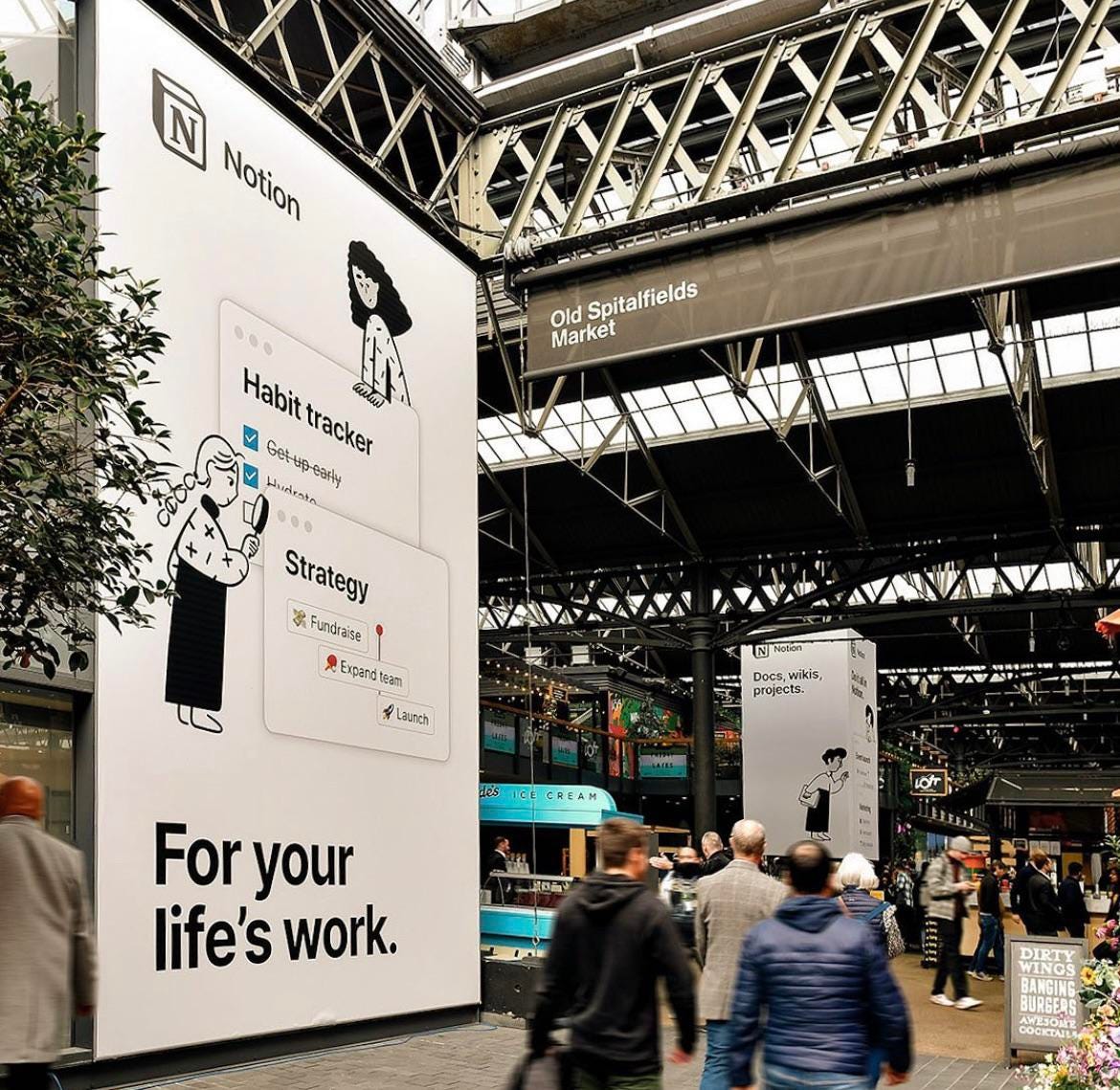
None of these lines really need explaining, which is part of why they work so well. They take concepts or phrases you’ve heard before, like “giving someone the finger” or “doing your life’s work.” “Doing your life’s work” in the context of a productivity tool suddenly gets at something bigger than task management. It suggests that what you do in Notion isn’t just more productivity for productivity’s sake (ahem, ClickUp, Asana, and Monday.com), but the foundation for something meaningful.
2. Good copy gives your audience agency.
Generic: “Wearable ring for sleep and health tracking as you get older”
Better: “Give us the finger”
Copy that empowers your audience with agency usually speaks directly to them. It emboldens, inspires, or asks your audience to do something. In Ōura’s case, they’re not asking—they’re telling you to do something. Give us the finger. The nature of how you speak, like whether you ask or you tell, is a powerful way to introduce yourself and signals what role you’re going to play in your audience’s life.
Generic: “Advanced project management for teams”
Better: “Free your mind to do great things”
Notion’s more recent tagline, “Think it. Make it.” doubles down on this idea—you can see the difference between that and a line that gives the audience no directive nor agency, like “One app to replace them all.” There’s no audience participation in that line. It’s product-centric, not user-centric.
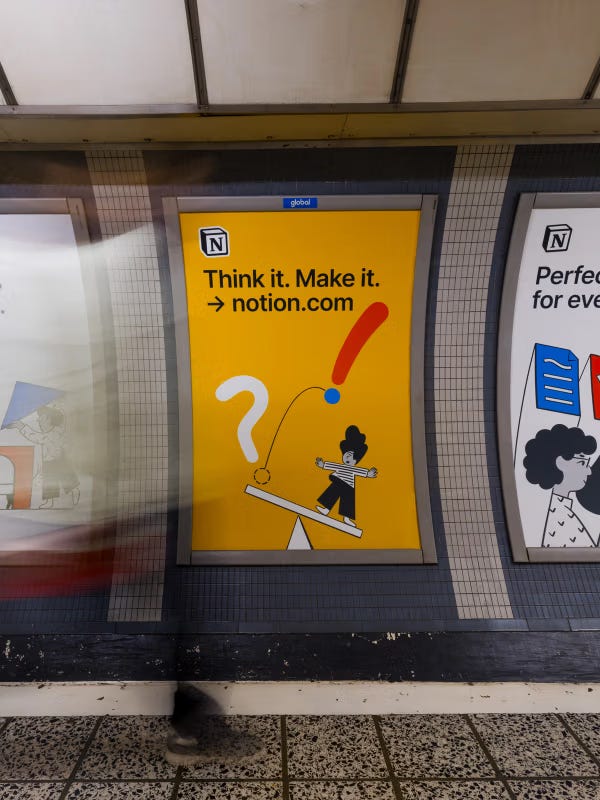
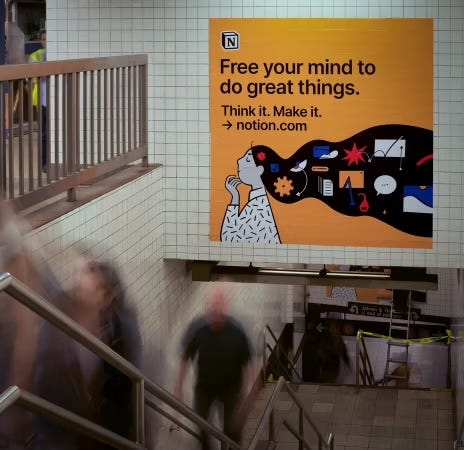
Good copy taps into a belief, a mindset, or a philosophy. It recognizes an audience’s attitude or a mentality that they identify with, or it taps into a cultural shift that its audience wants to participate in (or already is).
Glossier: You look good
Why it works: Another Glossier line (is my Millennial showing?). Rejects the beauty industry’s tradition of leading with manipulation and obsession with insecurities. Instead, it’s lighthearted, fun, flattering (and very photogenic in itself).
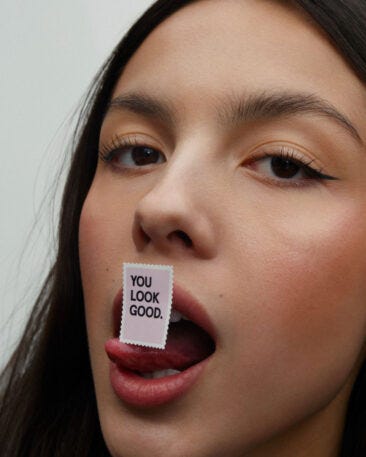
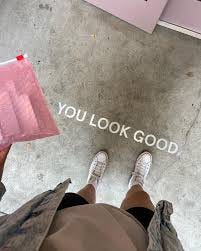
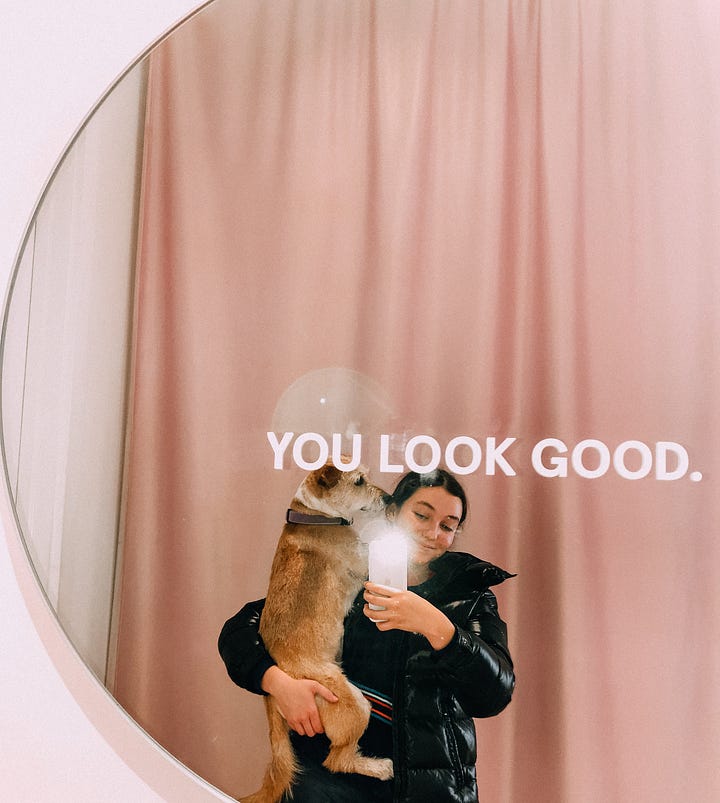
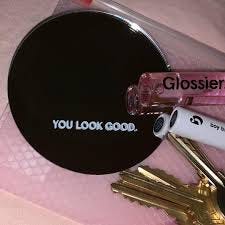
Ritual: Made by skeptics
Why it works: “Heavily researched, traceable vitamin sources” messaging may be compelling but not differentiating. “Made by skeptics” acknowledges the hand-waving and ambiguity that plagues the supplement industry and tackles those fears head on. It says, “We had the same concerns you did, and did something about it. We’re like you.”
Lemonade: Forget everything you know about insurance
Why it works: This and another Lemonade line, “Insurance without 100 years of experience screwing you,” gets at exactly what most people fear about most insurance companies—that they’re out to give you the short end of the stick. It also openly acknowledges Lemonade’s role as a disruptor, inherently less established than companies who’ve been around longer, and flips it into a positive.
3. Good copy takes advantage of every opportunity.
The examples above are either long-standing taglines or hero lines from big campaigns. But nailing that one line doesn’t mean you can turn everything else over to the product marketing team who can’t wait to get every feature in front of your audience (sorry, but it’s true way too often). Some of the best opportunities to connect with your audience and signal what role you’ll play in their life come in the mundane moments—CTA buttons, email footers, packaging details. If those headlines are macro copy, these moments are micro copy, and micro copy can be magical.
Macro copy: Taglines, headlines, hero messaging
Makes your value prop clear and creates emotional connection.Micro copy: Button text, form labels, error messages, etc.
Builds rapport, often through helpfulness or surprise and delight.
Micro copy can make an experience feel either thoughtful or generic. It often shows up in places people don’t think to look (or think to take advantage of), things like form labels, empty states, and confirmation messages.
Form labels: “Your email” feels more personal than “Email address.” And if you have the space, “Where should we send updates?” is even better.
Empty states: Instead of “No results found,” try “We couldn't find anything matching that search. Try different keywords?”
Mailchimp
Confirmation messages: Mailchimp’s OG “High five! Your email has been sent” sends a specific message vs. a generic “Send successful.”
Warby Parker
Just for fun: If a line creates surprise and delight, it earns its real estate! The inside of Warby Parker’s glasses cases could’ve been blank. But instead it says “Nice to see you.” And that glasses cloth is (was?) iconic.
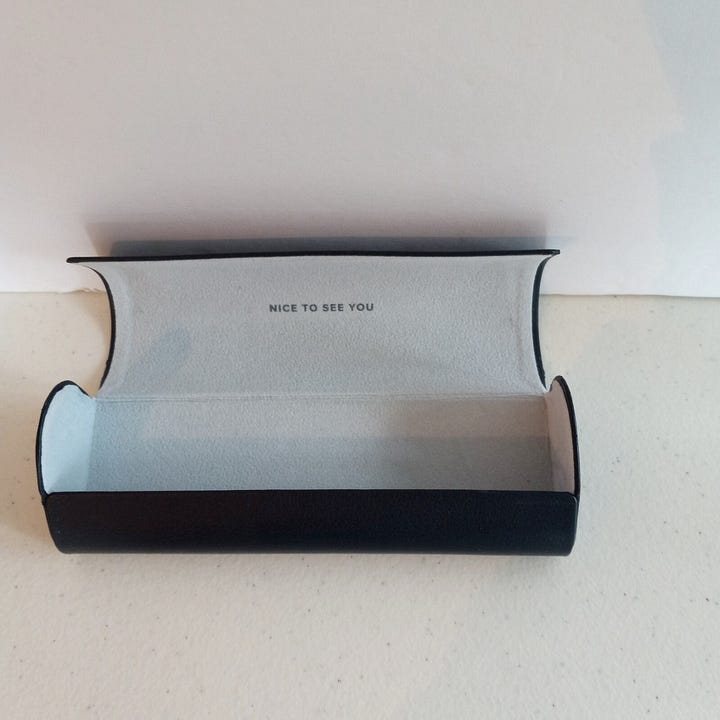
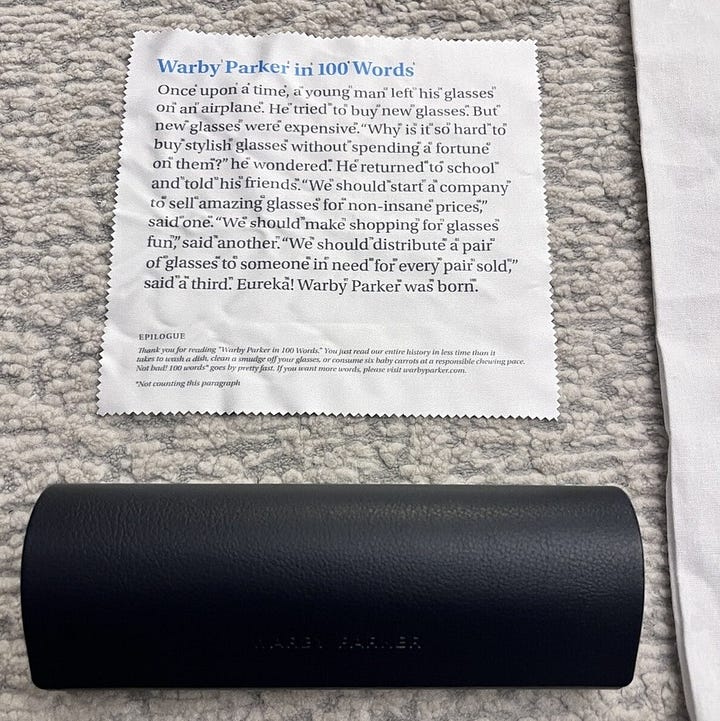
Let’s not forget hyperlinked text. Seeing “click here” hyperlinked is one of my biggest pet peeves ever. I implore you, never write “click here.” Use descriptive text that tells people where they’re going. You can say “Something something. Read about how.” instead of “Something something. Click here to read more.”
Micro copy matters more than most people realize because it often shows up when the audience is at a friction point. When you’re filling out a form or encountering an error, generic language can make you feel like the company just doesn’t give a sh*t about what you’re experiencing right now. Put more diplomatically, how you communicate in these moments can make or break your customer’s experience, be the difference between them writing a crap review or a good one… or determine if they’re ever coming back again.
Standard: “Submit”
Better: “Send my invite” or “Get started”
Standard: “Error: Invalid password”
Better: “Hmm, that password didn’t work. Try again?”
Standard: “Loading...”
Better: “Hang tight, we’re setting things up for you”
Partiful
Partiful’s host experience demonstrates that they know their audience really well. The UI is a perfect mix of restrained (product to the background) and expressive (you to the foreground). Even just the addition of “More to say?” beside the “+ New section” button says to me, “Hey, this is your thing. Have something else to add? You do you.”
And while not technically copywriting, the fact that you can customize your RSVP buttons (with emojis!) beyond “Going,” “Maybe,” and “Can’t go” is another opportunity for hosts to express themselves and make the Partiful experience more about them and their guests, not about Partiful.
Slack
Slack’s early branding choices and micro copy earned them a lot of recognition and engagement, specifically in how they handled empty states (as in, you read all your messages. Haven’t seen one of those in ages 😅).
Typeform
Typeform’s “Press Enter ↵” instead of “Submit” is another subtle display of personality that serves to both differentiate their brand and expresses respect and empathy for their audience. They’re saying, “You can use the enter key here! It’s a tiny thing that makes your life easier.” Sub-message: “We care about your experience and making it simpler.”
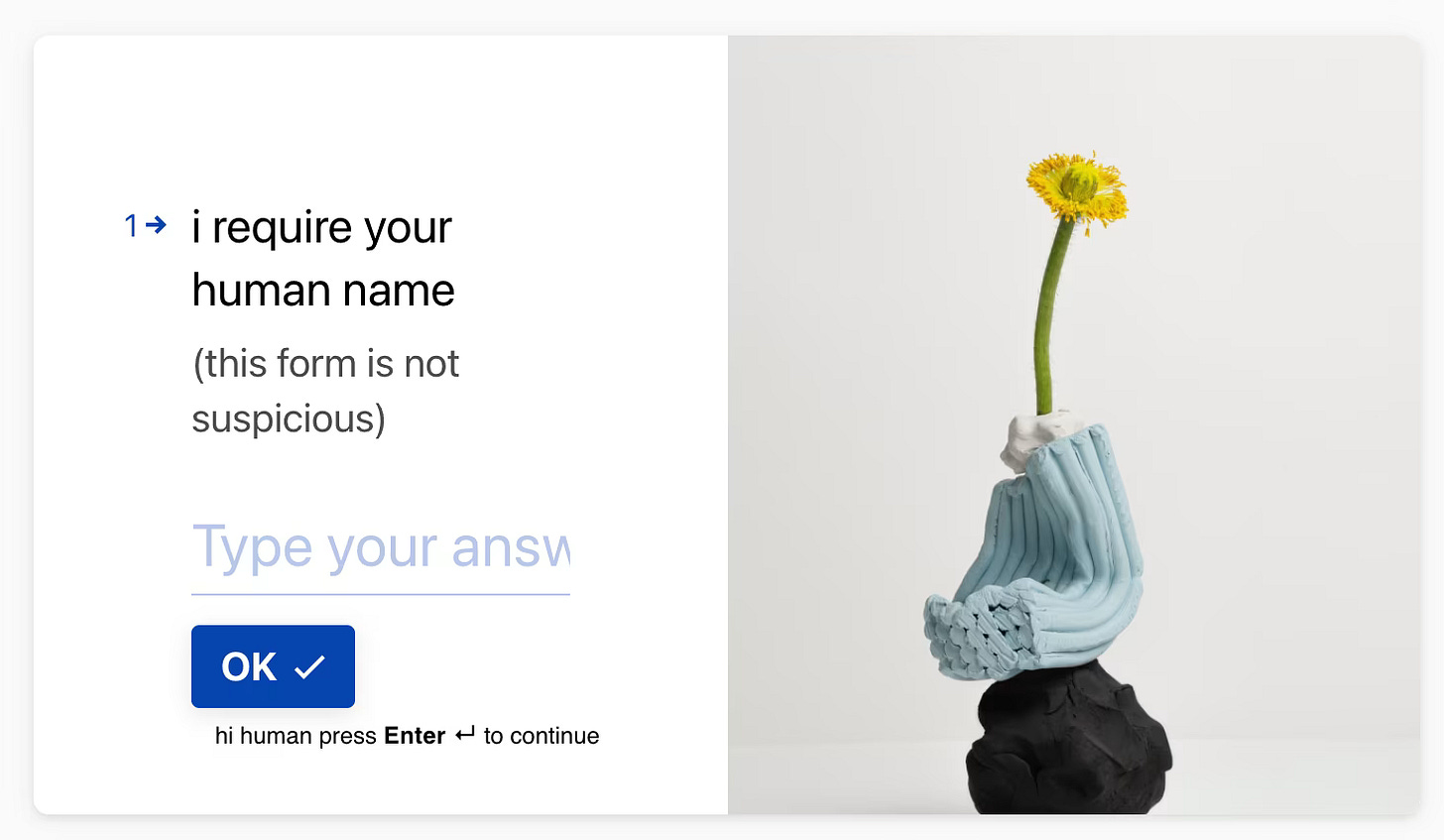
Turns out that all roads lead back to brand-market fit—and practicing great taste at work! Great copywriting, above all, starts and ends with having empathy for your audience, understanding and acknowledging where they are in their experience with you, and talking to them how they want to be related to.
And if I may leave you with a few other suggestions…
Specificity beats generality. “Innovative solutions for modern teams” tells me exactly nothing. If you can’t be clever, at least be clear. “The workspace that grows with your team from startup to enterprise” isn’t earth-shatteringly creative but it does tell me something about scale and flexibility, and indicates intention around who the product is for (not “everyone”).
Benefits beat features. Don’t tell me your platform “has advanced analytics.” Tell me I’ll “spot trends before my competitors do.” Tell me why it matters. Tap into emotional motivations, not just functional ones.
Consistency beats perfection. A voice used consistently and with intention will outperform one brilliant line. You might not be running multi-million dollar campaigns or have a platform like Ōura does, but you still have every other opportunity to write copy that makes your audience feel seen, even in the smallest of ways.
Can you use fewer words? Do it. ✂️
How to make copywriting a priority
If you’re thinking about how you can make copywriting more of a strategic priority at your company, here’s how I’d start.
Audit your current copy. Look at your website, emails, and product. What voice comes through? Is it consistent? Does it help or confuse your audience? What generic, default language could be more expressive?
Review like you mean it. Give copy the same level of strategic intention and iteration as design and product decisions.
Document your voice. Make guidelines that include examples of what to do and what not to do. A “We say this, not that” section that compares strong and weak samples is incredibly helpful for teams.
Limit your reviewers. Outside of legal/compliance review, and all the upfront collaborative work a copy strategist does to understand the brief, limit the stakeholders weighing in on copyediting. Design by committee is rarely good; copywriting by committee produces the ultimate dreck. (Easier said than done, I know.)
Invest in the skill. Take the time to notice the copy that delights you, and why it’s great! And whether that’s hiring a dedicated copywriter, training your existing team, or working with specialists, treat copywriting as a craft worth developing.
Copywriting gets undervalued because it seems easy. Everyone can write, right? But there’s a huge difference between writing and copywriting. Copywriting requires an understanding of psychology, brand strategy, user experience, and business goals—then distilling all of that into words that feel effortless to read. And deceivingly, it’s one of the most collaborative disciplines in marketing. Done at scale, it needs input from design, product, research, and legal teams. It’s often subject to many levels of opinions and reviewers (and most of us just need to get out of the way).
When you treat copywriting like the strategic foundation for customer experience that it is, everything else gets better and everyone benefits. Your product team understands user needs better. Your design team has clearer direction. Your growth team has more compelling messages to test. And you get the glory of being the brand that everyone still talks about, years down the line. 🥦
Thanks for reading.
If you love copywriting as much as I do, consider:
connecting with me on LinkedIn: Kira Klaas
sharing this with someone who needs better copy
sending to a friend 💌 or coworker 💬





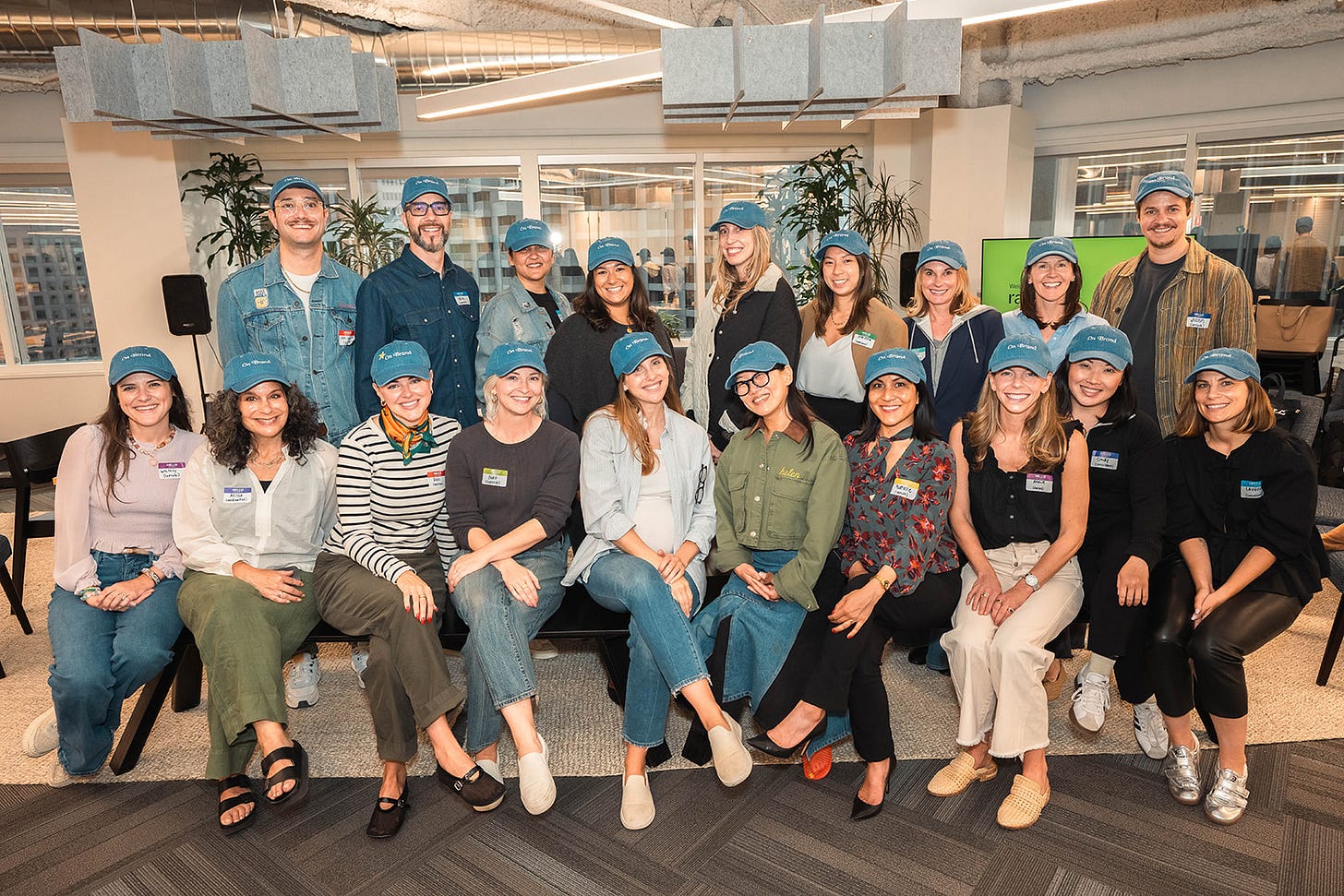
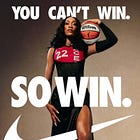

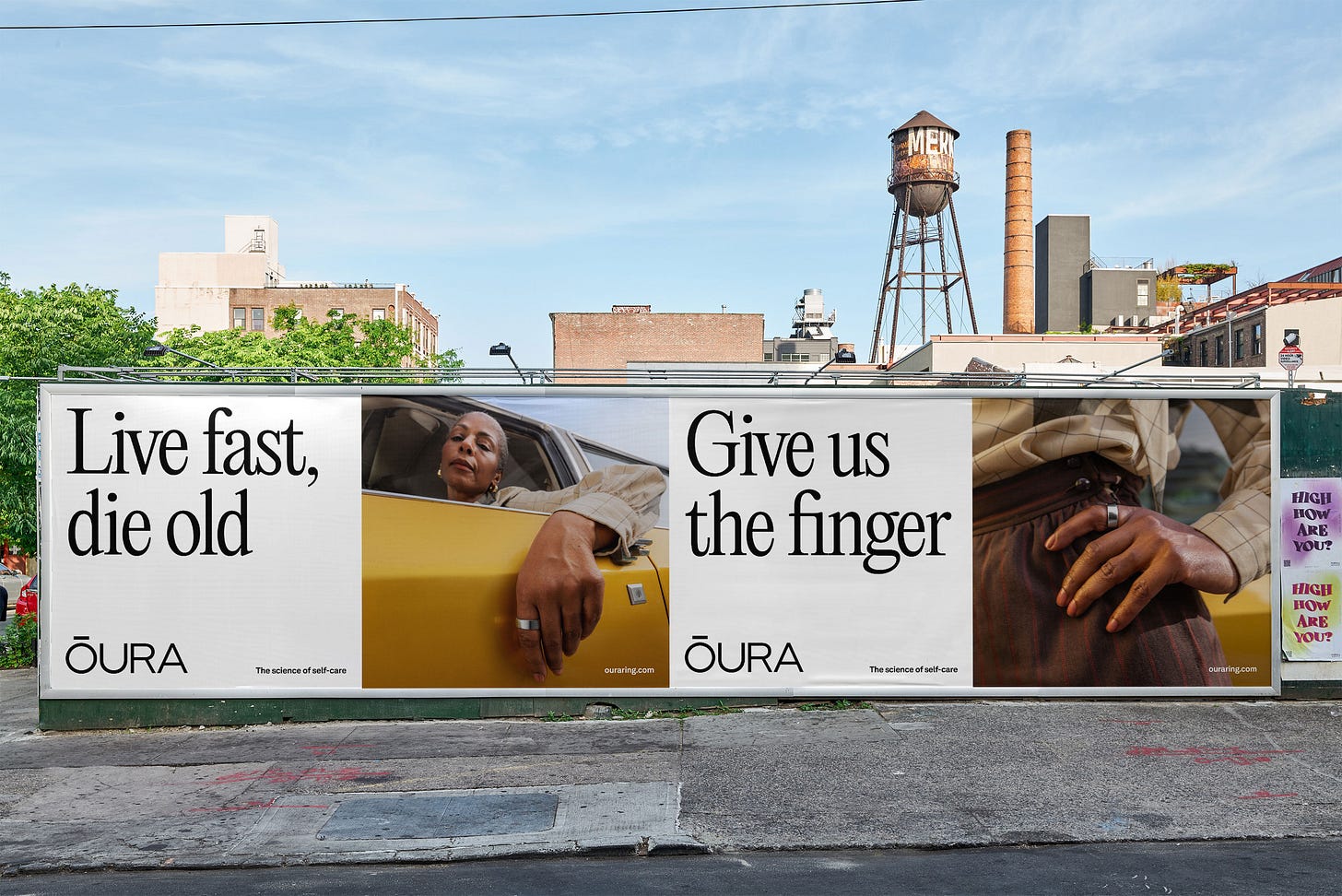

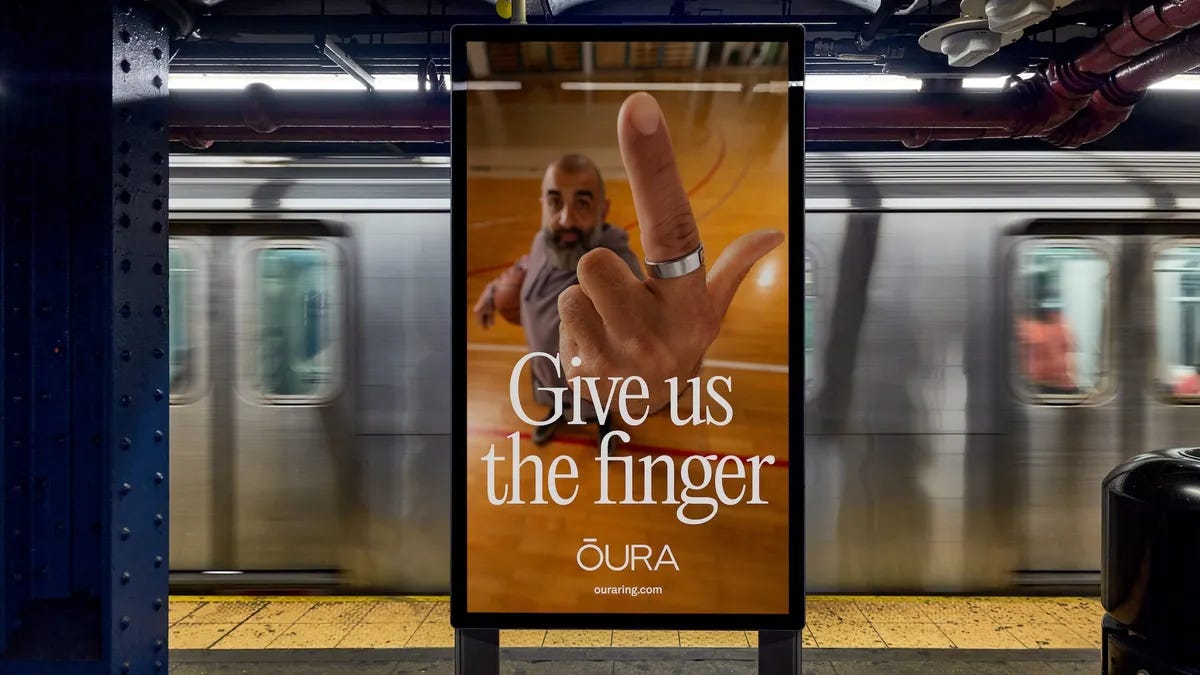
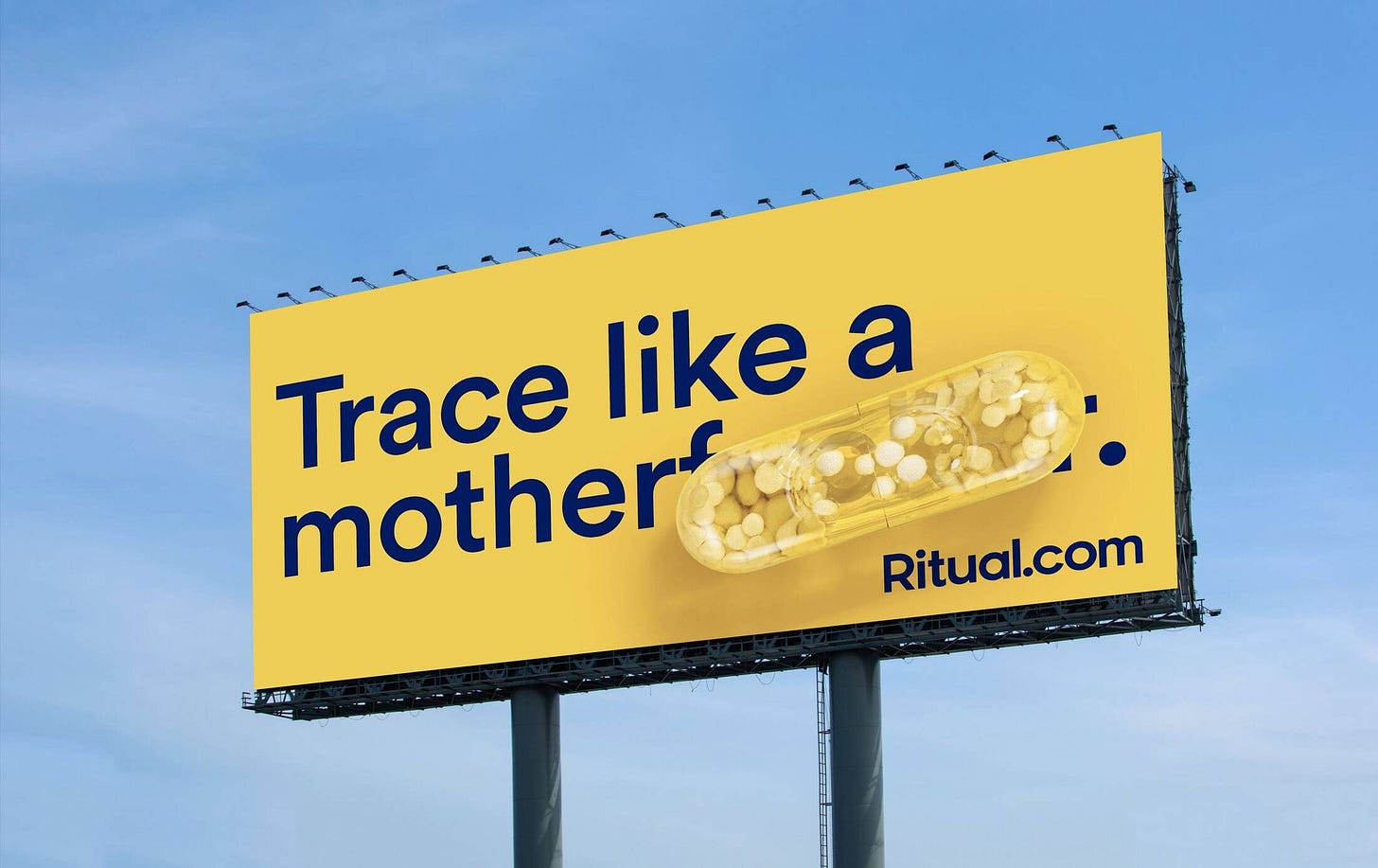
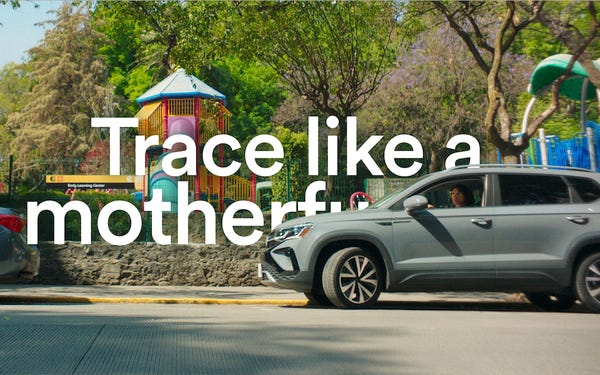
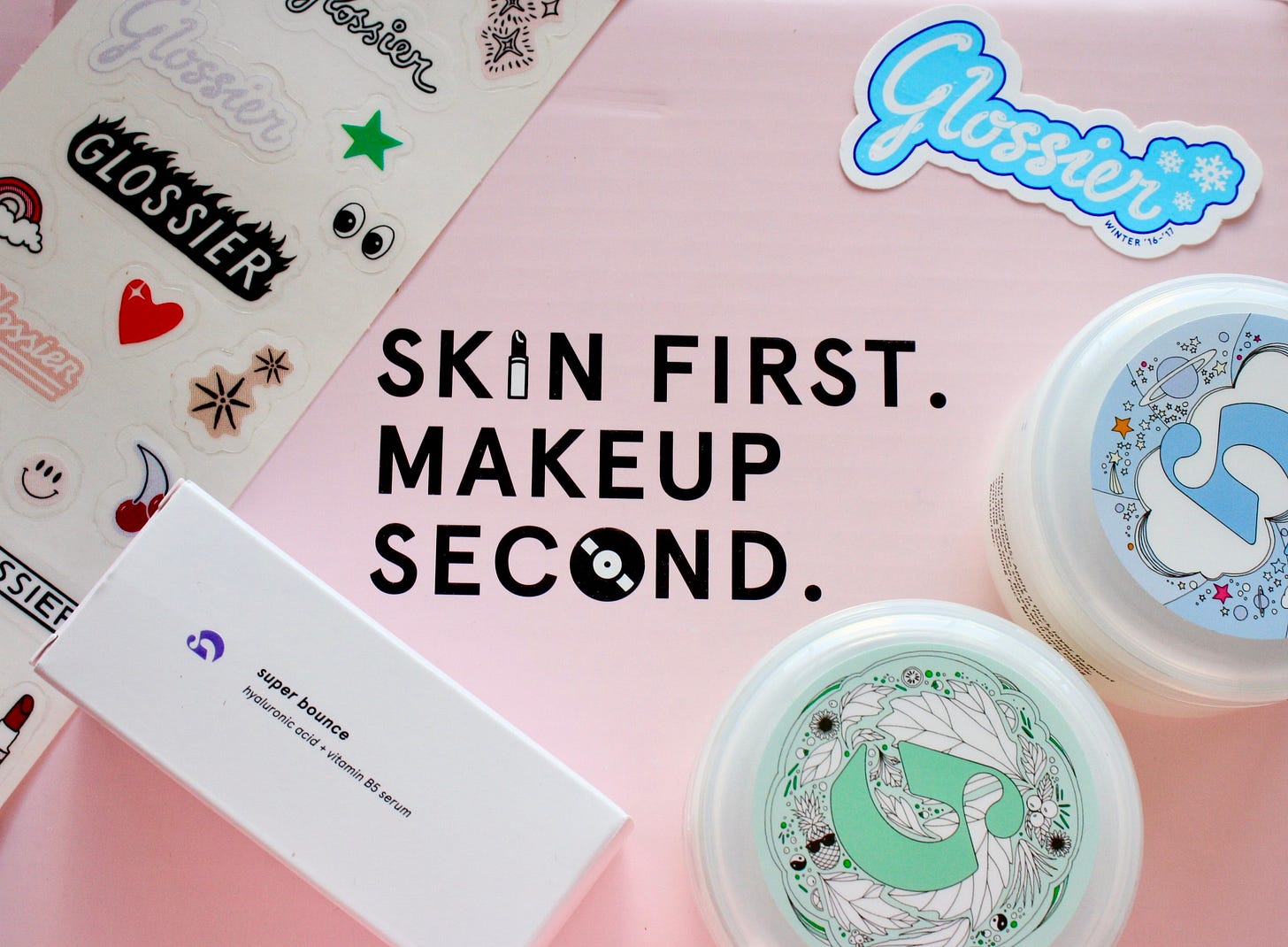
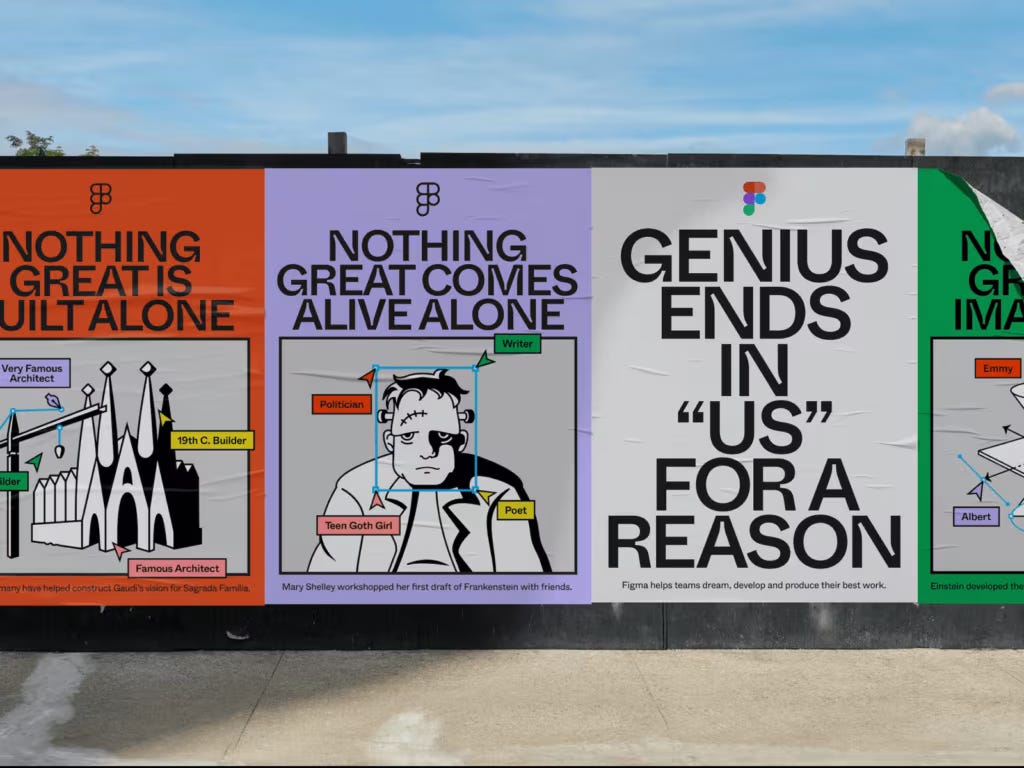
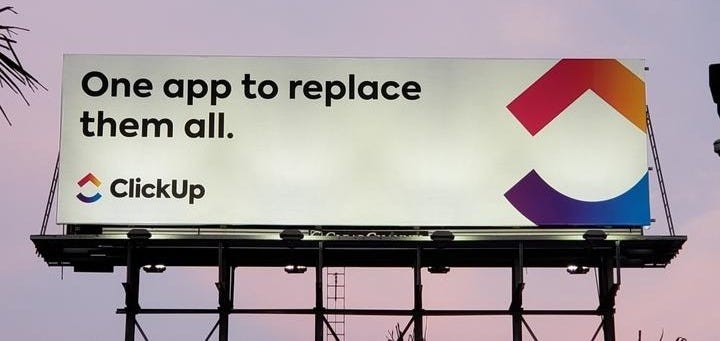
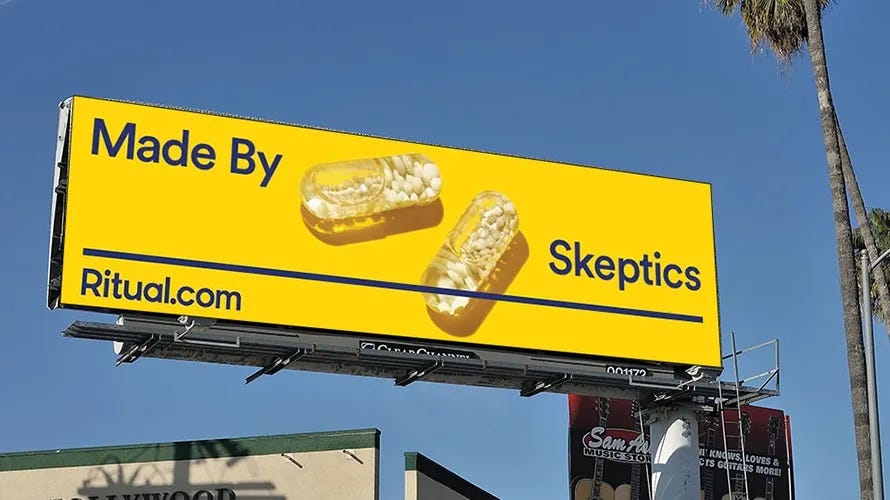
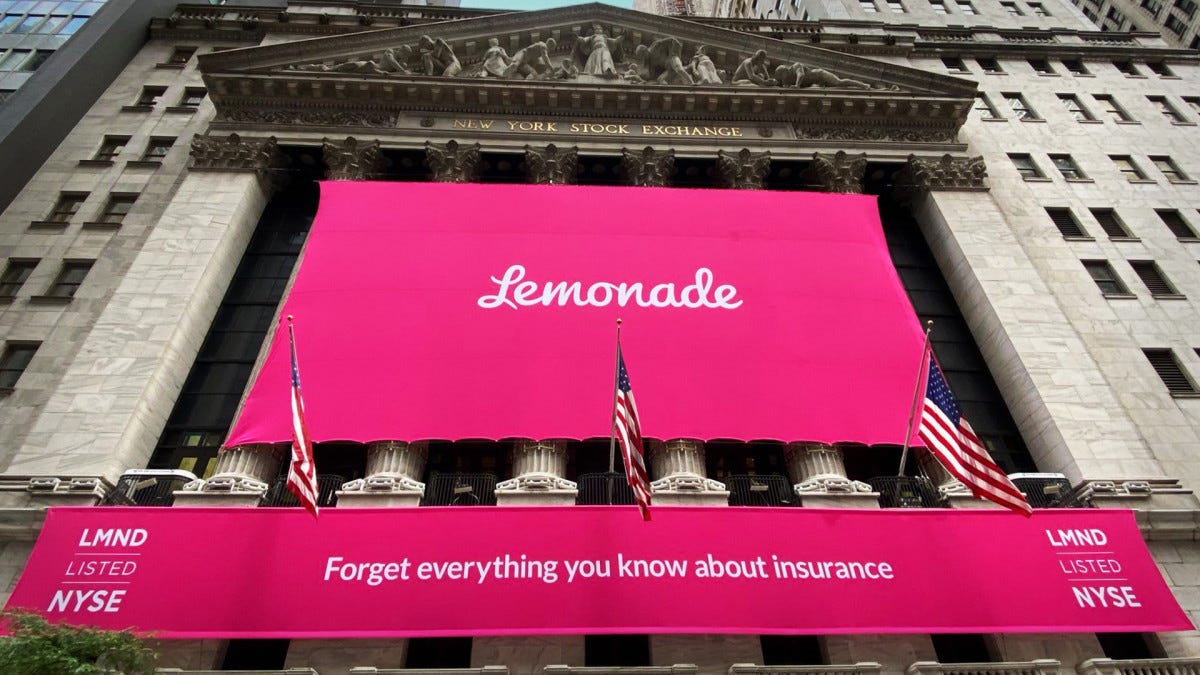
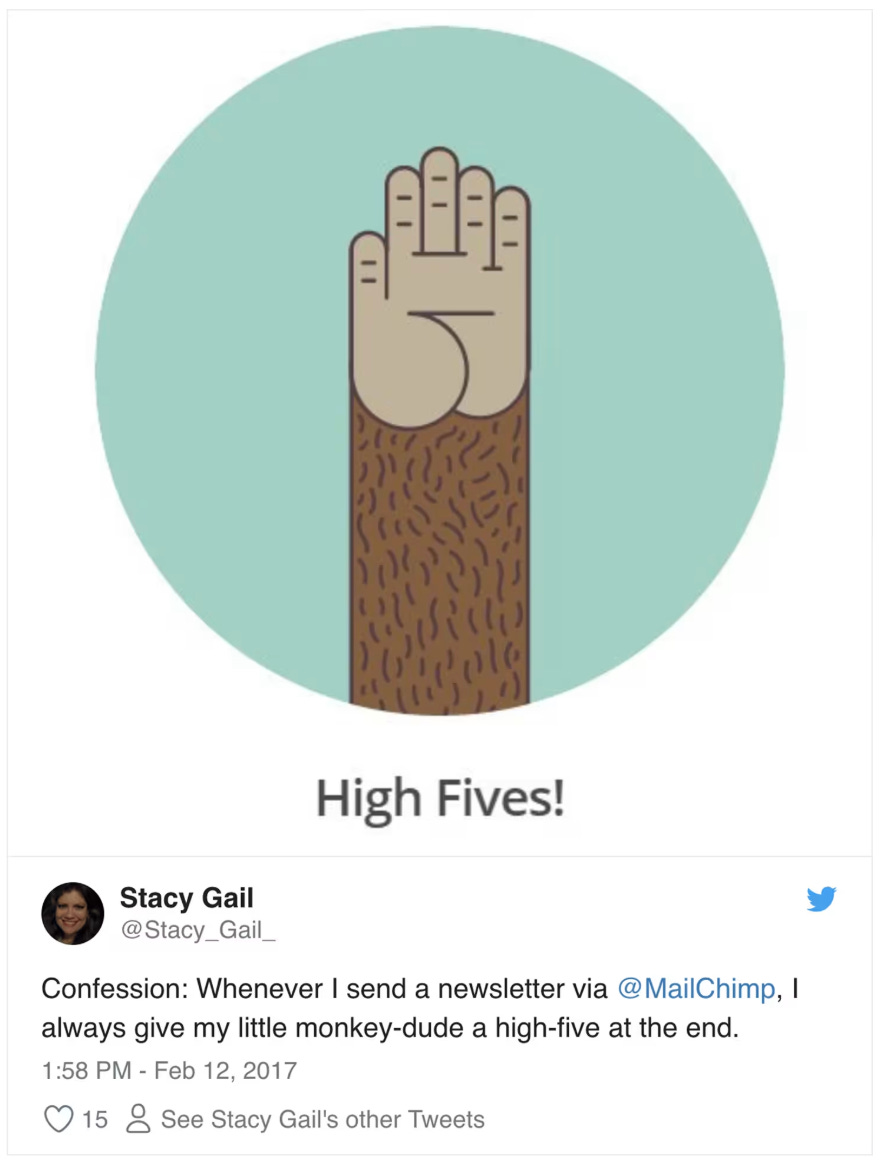
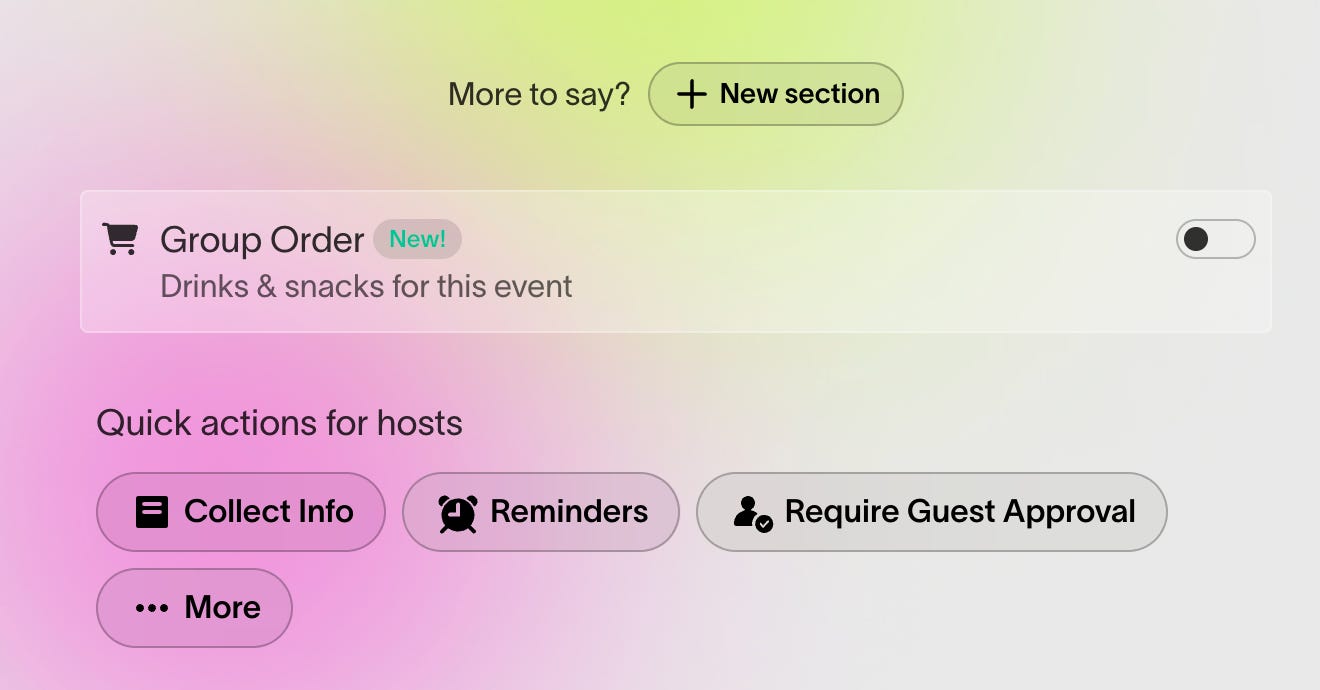
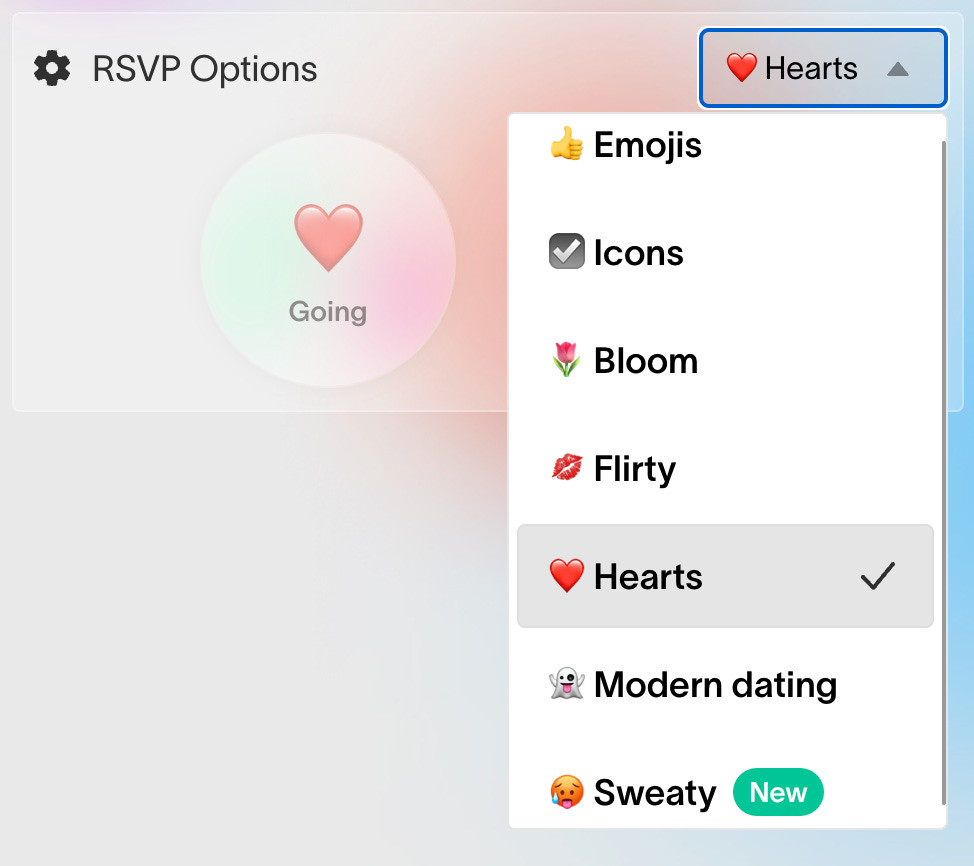
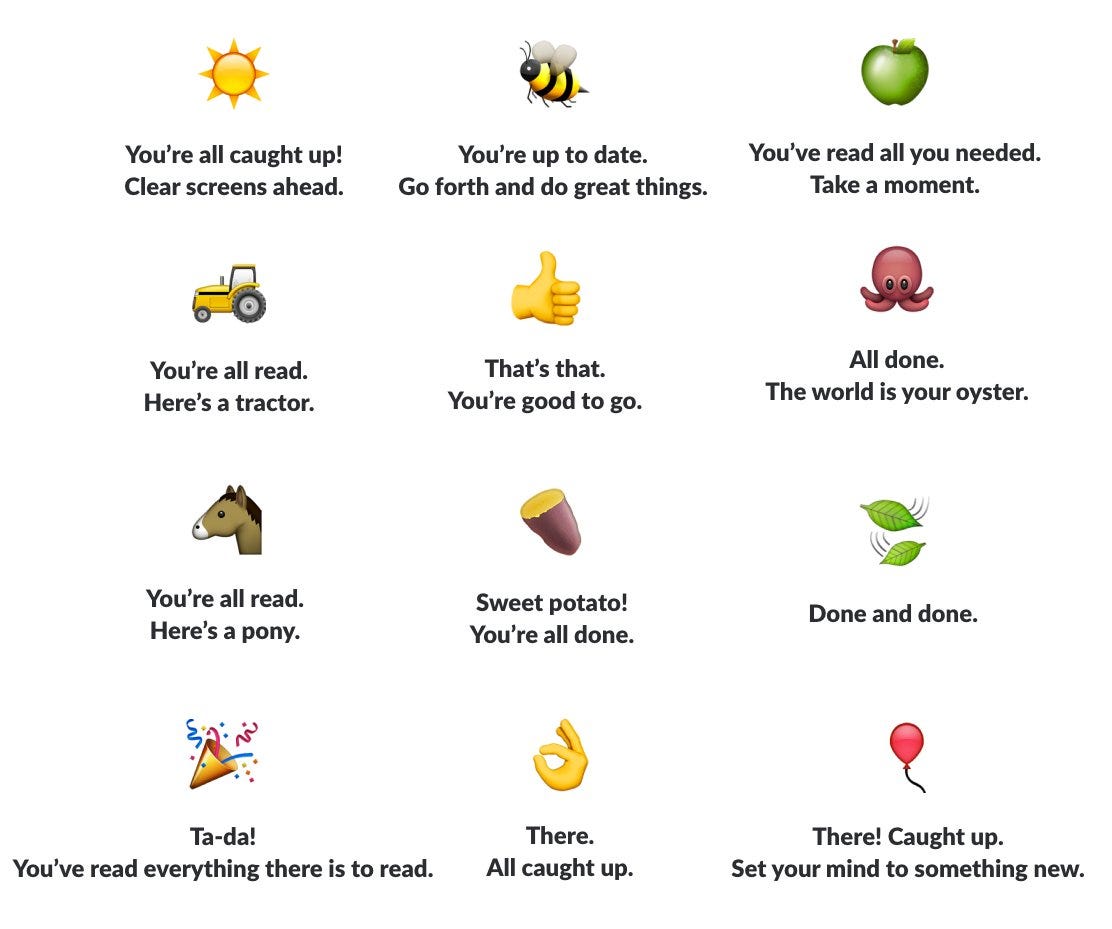
let’s all collectively agree to end “click here”
Thank you so much for this overview, I found it super insightful and helpful as a service designer!! Definitely saving this and rereading it later too!